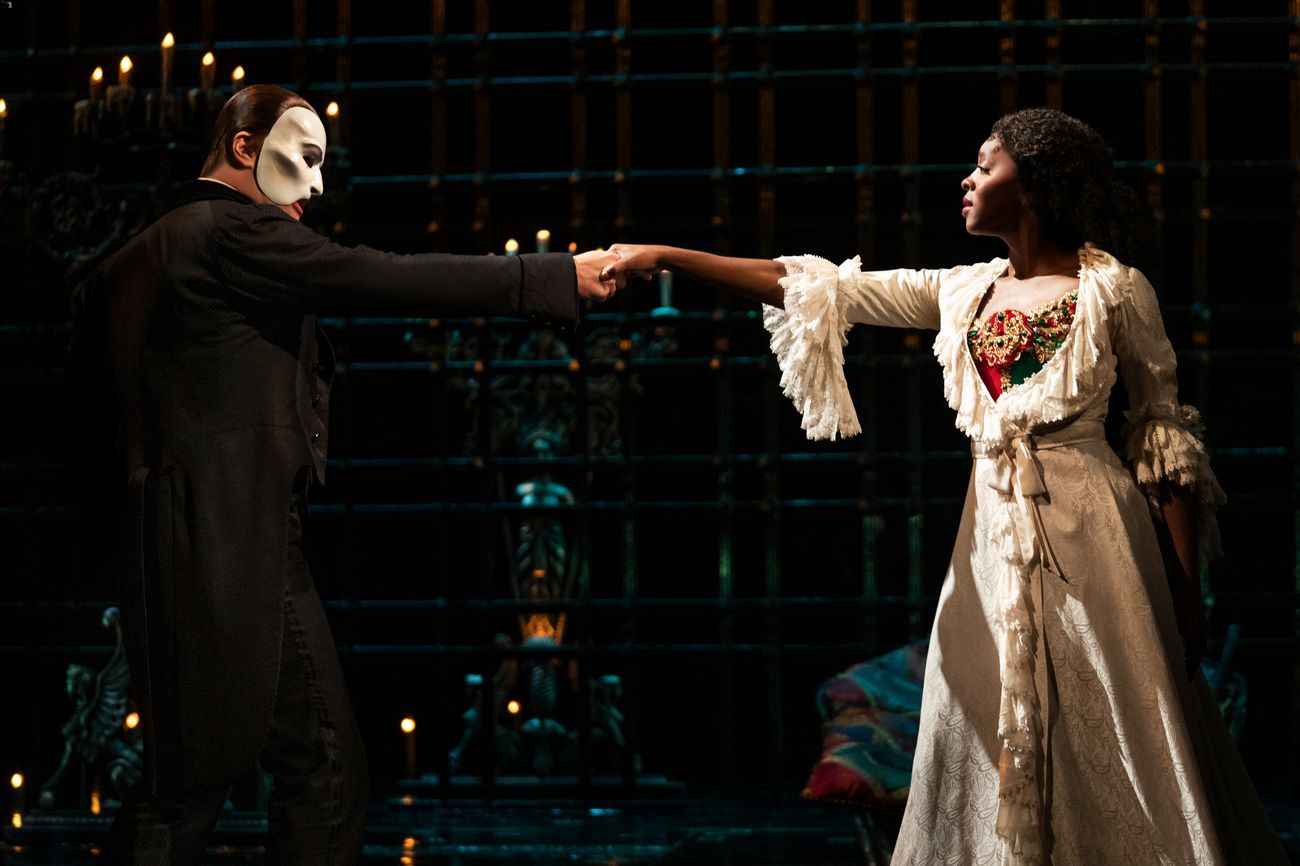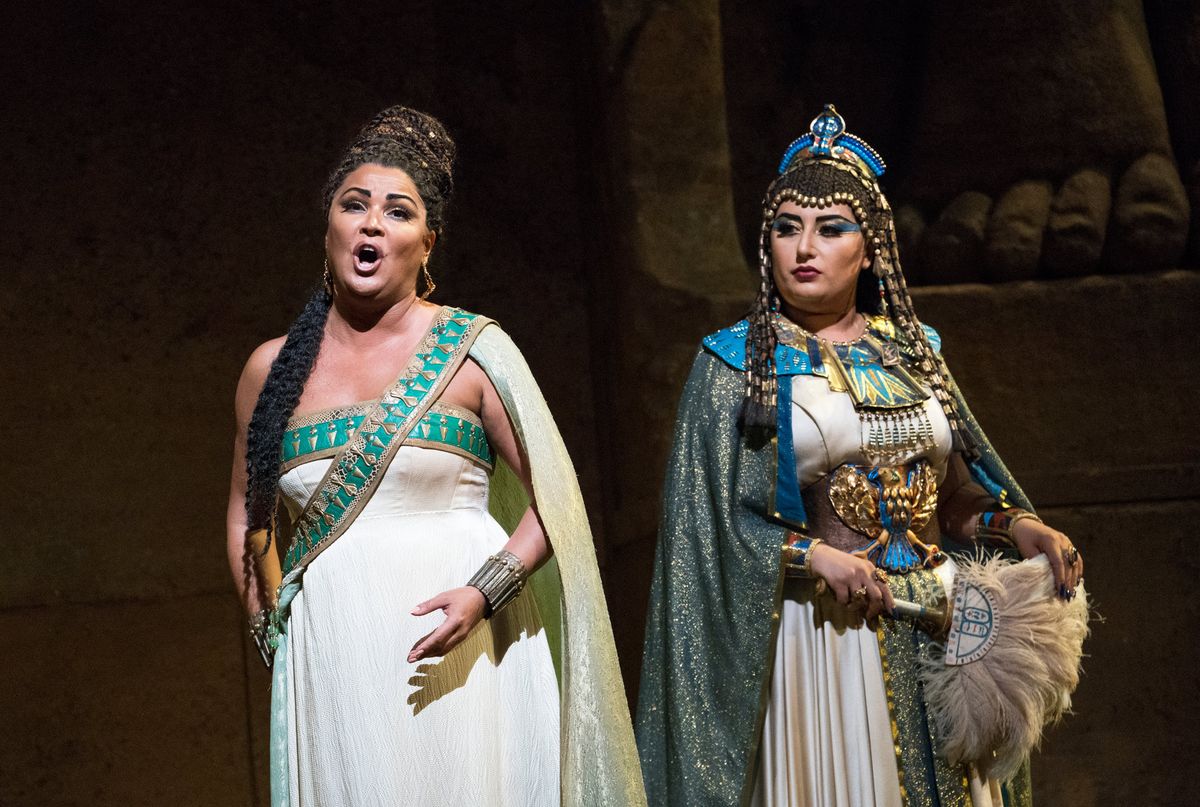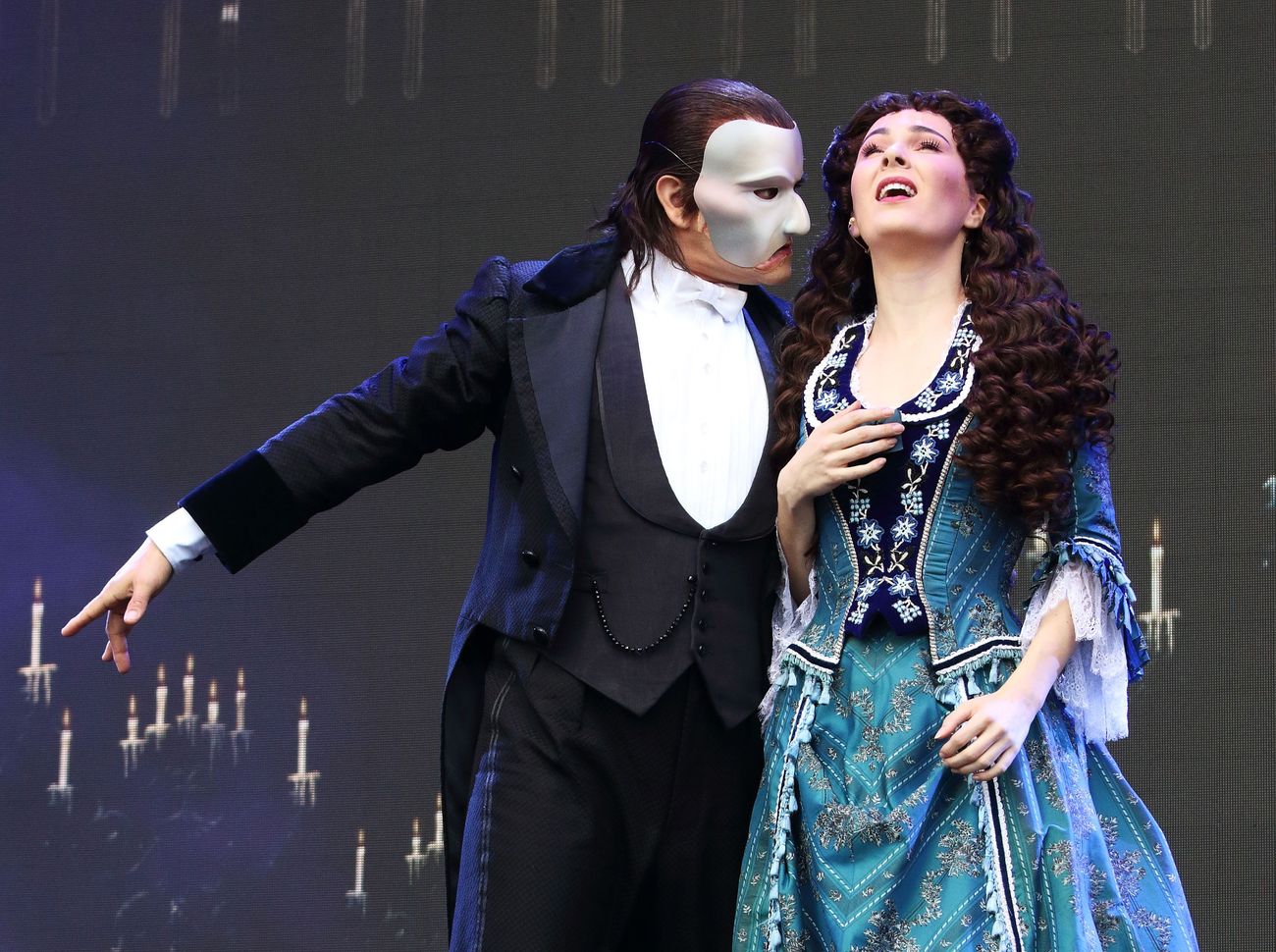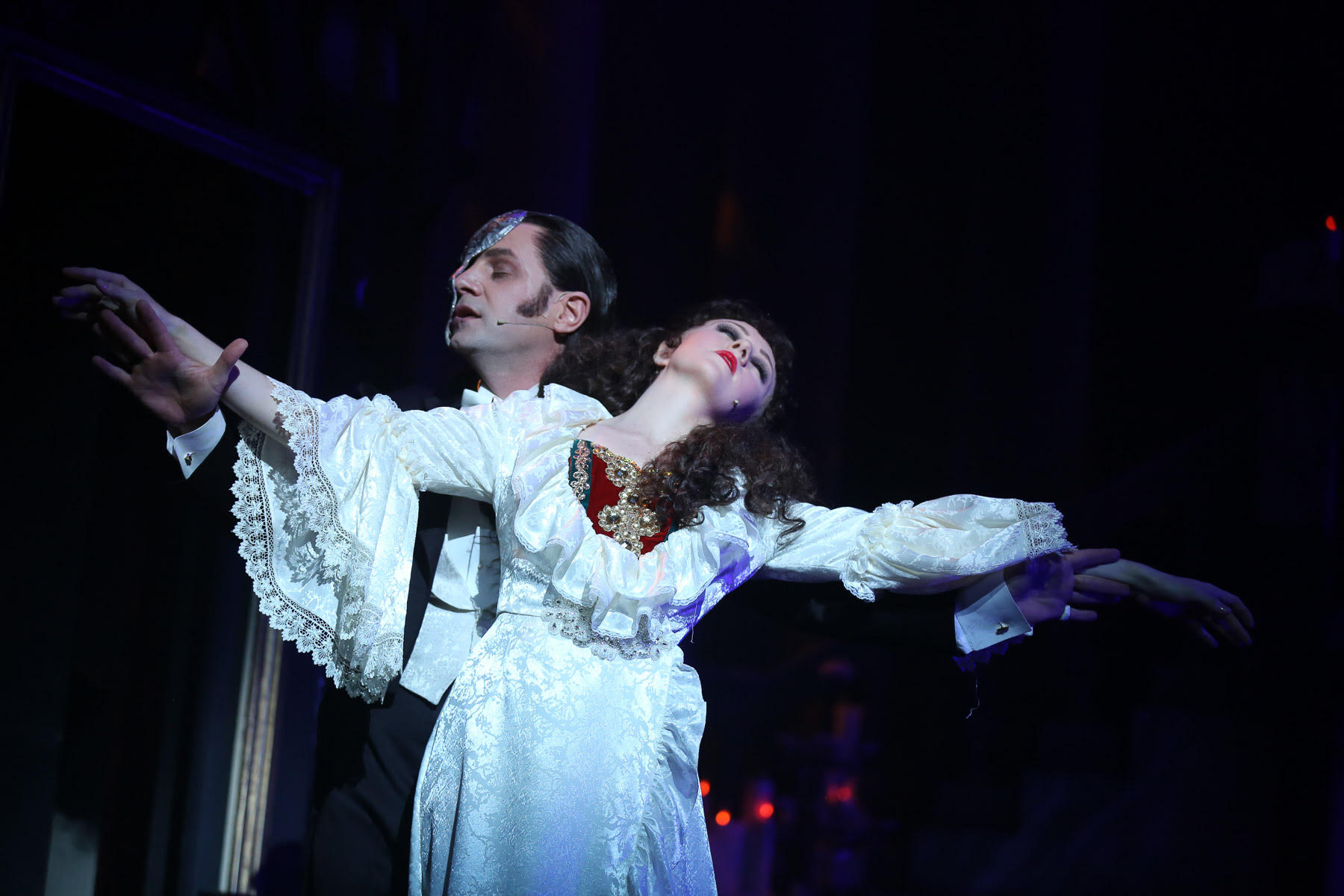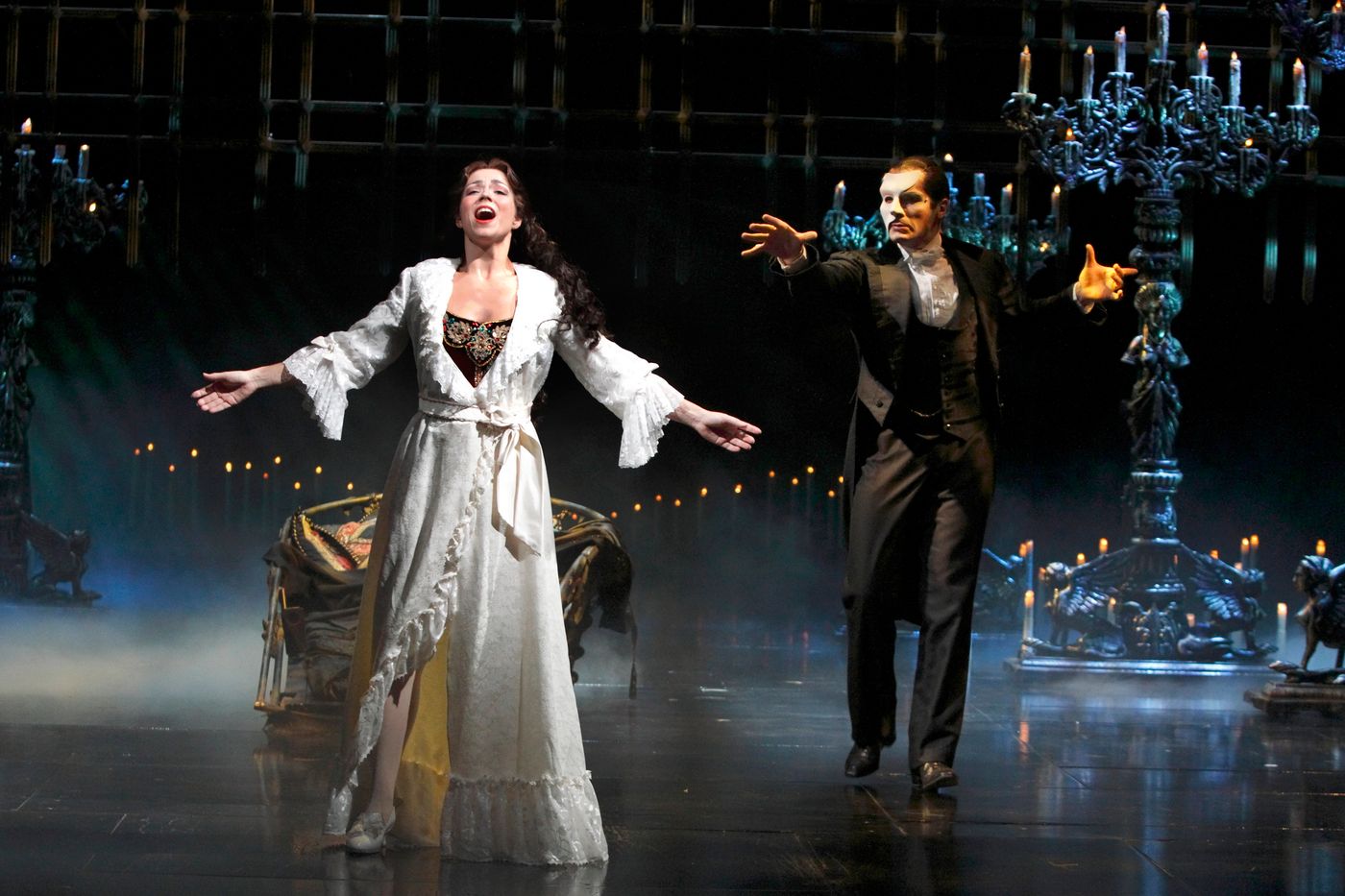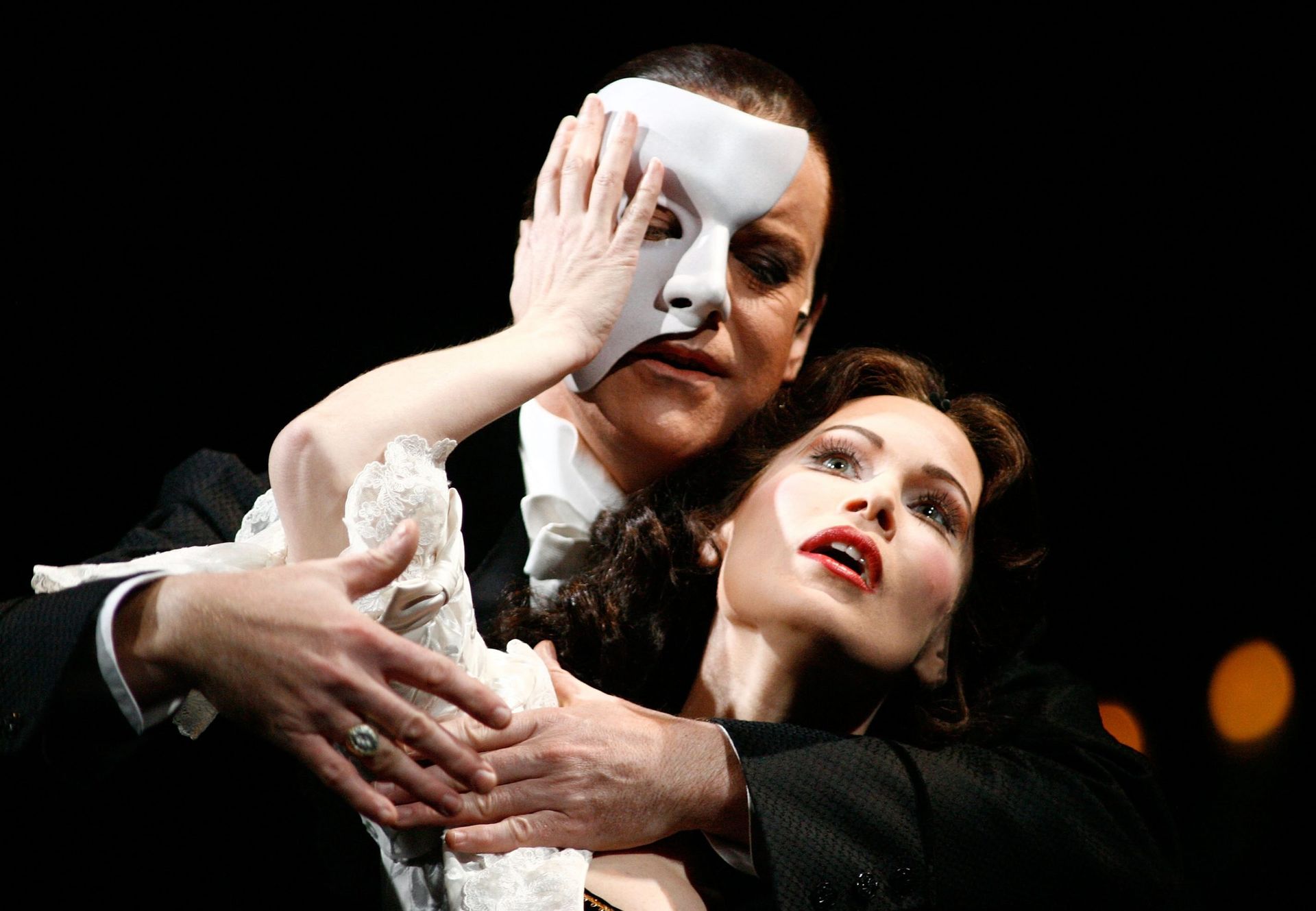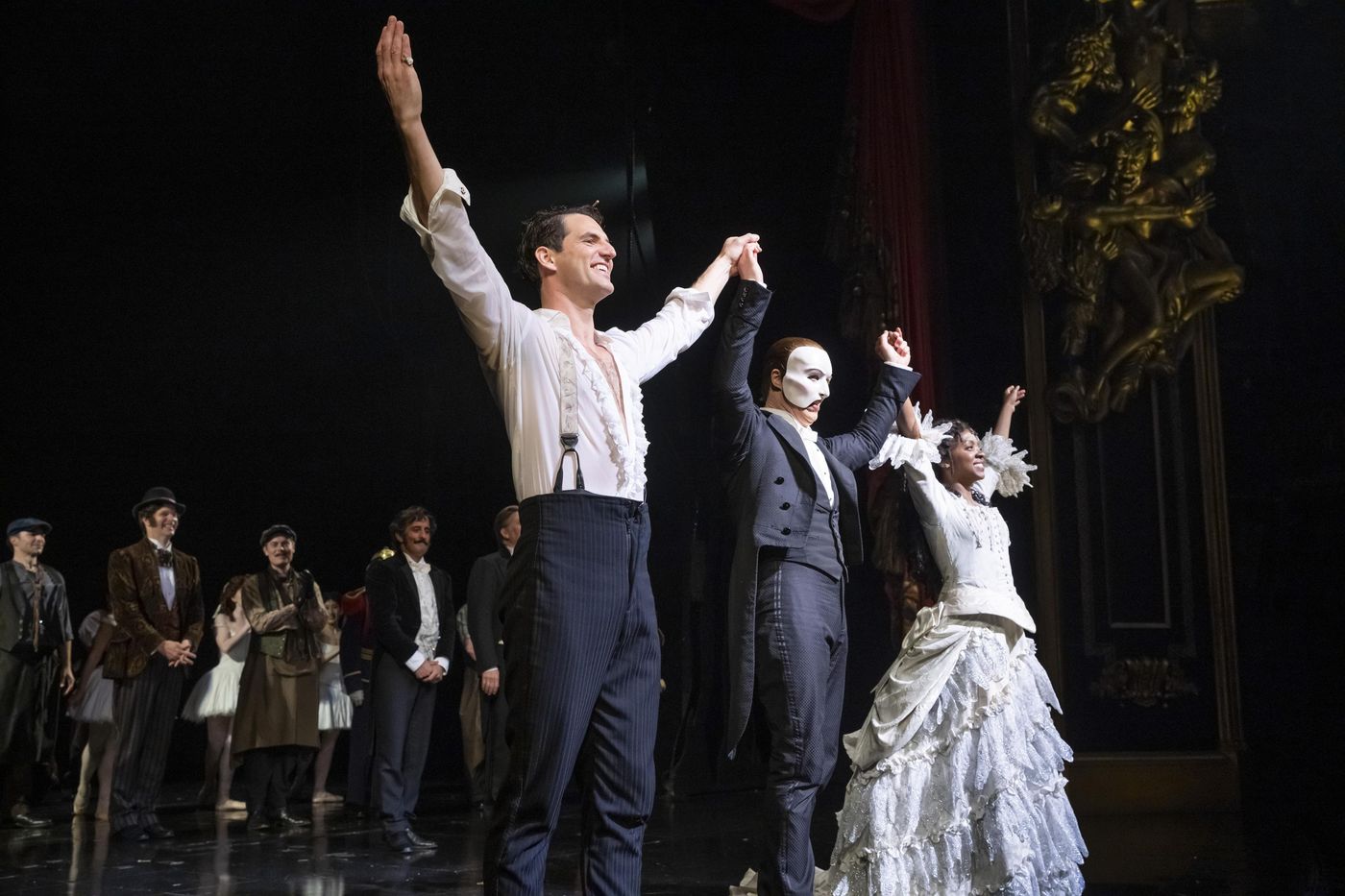Home>Events & Info>Opera>What Is The Phantom Of The Opera About
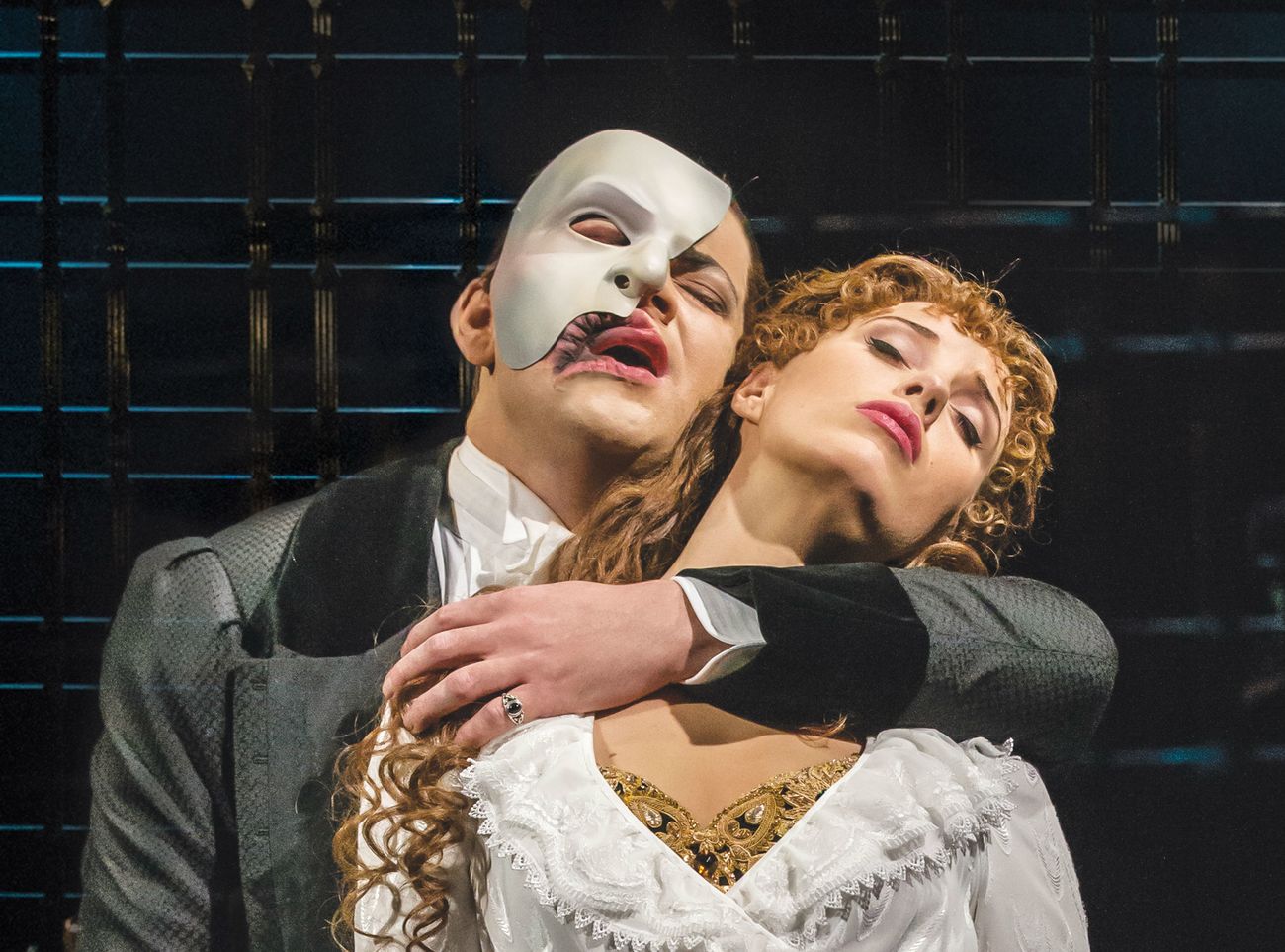

Opera
What Is The Phantom Of The Opera About
Modified: January 22, 2024
Discover the enchanting world of the opera and unravel the mystery behind the iconic character known as the Phantom of the Opera in this captivating musical masterpiece.
(Many of the links in this article redirect to a specific reviewed product. Your purchase of these products through affiliate links helps to generate commission for AudioLover.com, at no extra cost. Learn more)
Table of Contents
Introduction
The Phantom of the Opera is a beloved and iconic musical that has captivated audiences since its premiere in 1986. A timeless tale of love, obsession, and the power of music, it continues to enchant theatergoers with its haunting melodies and stunning theatrical effects. Based on the novel of the same name by Gaston Leroux, the musical transports audiences to the stunning backdrop of 19th-century Paris, where a mysterious and disfigured musical genius known as the Phantom lurks beneath the grand Paris Opera House.
With its blend of romance, drama, and spectacle, The Phantom of the Opera has become one of the most successful and longest-running shows in Broadway history. Its enduring popularity can be attributed to its compelling story, exquisite music, and unforgettable characters.
In this article, we will delve into the captivating world of The Phantom of the Opera, exploring its synopsis, characters, setting, themes, music and lyrics, as well as its legacy and continued popularity. So, sit back and prepare to be swept away by the mesmerizing tale of The Phantom of the Opera.
Synopsis
The Phantom of the Opera tells the story of Christine Daaé, a young and talented soprano who becomes the object of obsession for the enigmatic Phantom. As the story unfolds, we are introduced to the opulent Paris Opera House, where the Phantom resides in a hidden lair beneath the theater.
Christine, unaware of the Phantom’s presence, begins to receive vocal training from him in secret. The Phantom, who possesses an extraordinary musical talent, becomes infatuated with Christine’s voice and beauty, seeing her as his ultimate muse. He coaches her to become the star of the opera, putting her in the spotlight and manipulating events to ensure her success.
Meanwhile, Christine’s childhood friend and love interest, Raoul, returns to Paris and rekindles his affection for her. As their relationship blooms, the Phantom’s jealousy and possessiveness intensify. He wreaks havoc on the opera house, causing accidents and demanding that Christine be given leading roles in productions.
Driven by his obsession and desire for Christine, the Phantom reveals himself to her, showcasing his deformed face hidden beneath a mask. Terrified, Christine battles with her emerging feelings for the Phantom while remaining loyal to Raoul. As the love triangle unfolds, tension rises, leading to a climactic confrontation.
In the thrilling climax, the Phantom abducts Christine during a performance, taking her to his lair beneath the opera house. Raoul and a band of allies race against time to rescue her, leading to a dramatic showdown. In the end, love triumphs over darkness as Christine’s compassion and understanding soften the Phantom’s hardened heart.
The Phantom of the Opera is a story that explores themes of love, obsession, identity, and the power of redemption. It takes audiences on an emotional journey through the twisting corridors of the Paris Opera House, leaving them captivated by the complex relationships and unforgettable music that define this timeless musical masterpiece.
Characters
The Phantom of the Opera features a diverse array of compelling characters, each with their own unique motivations and desires. Let’s explore some of the key characters that bring this story to life:
- The Phantom (Erik): The central and most enigmatic character of the musical, the Phantom is a disfigured musical genius who lurks beneath the Paris Opera House. Haunted by his appearance, he wears a mask to conceal his face and possesses a volatile and obsessive personality. Despite his dark nature, his love for music is evident, and he becomes infatuated with Christine Daaé, using her as both his muse and obsession.
- Christine Daaé: The young and talented soprano, Christine, serves as the musical’s leading lady. She possesses a beautiful voice and catches the attention of both the Phantom and her childhood love interest, Raoul. As she navigates her rise to stardom, she must grapple with her feelings for both men and choose between love and loyalty.
- Raoul, Vicomte de Chagny: Raoul is a wealthy nobleman and childhood friend of Christine. He returns to Paris and becomes infatuated with her, igniting a romantic connection. Raoul is determined to protect Christine from the Phantom’s grasp and will stop at nothing to save her from his clutches.
- Madame Giry: Madame Giry is a ballet mistress at the Paris Opera House and plays a vital role in the story. She knows about the Phantom’s true identity and his secret lair and becomes a significant source of information for Raoul and others. Madame Giry’s complex relationship with the Phantom adds intrigue and depth to the narrative.
- Carlotta Giudicelli: Carlotta is a renowned opera diva and the prima donna of the opera house. She becomes a target of the Phantom’s wrath when Christine begins to outshine her on stage. Carlotta provides comic relief and adds a touch of glamour and theatrics to the story.
These are just a few of the notable characters featured in The Phantom of the Opera. Each character brings their own strengths, weaknesses, and motivations, creating a rich tapestry of human emotions and relationships that drive the narrative forward.
Setting
The setting of The Phantom of the Opera plays a crucial role in creating the mysterious and captivating atmosphere of the story. The majority of the musical takes place within the grand and opulent Paris Opera House during the late 19th century.
The Paris Opera House, also known as the Palais Garnier, is an iconic and historic landmark in Paris, known for its stunning architecture and rich history. Its grandeur and exquisite details provide the perfect backdrop for the unfolding drama of The Phantom of the Opera. From its majestic foyer and grand staircase to its ornate auditorium and lavish backstage areas, the opera house serves as a world of its own, teeming with secrets and hidden passageways.
One of the most significant settings within the opera house is the Phantom’s lair, which is located deep beneath the building. The lair is a dark, mysterious, and atmospheric space, adorned with mirrors, candles, and the Phantom’s collection of musical instruments. It is here that the Phantom retreats from the world and conducts his manipulations, composing haunting melodies and orchestrating events to achieve his desires.
The contrasting settings of the Paris Opera House and the hidden lair represent the duality of the musical’s themes. While the opera house is a place of glamor, artistry, and public admiration, the lair represents the Phantom’s isolation and darkness, a realm of secrecy and obsessions.
The time period of The Phantom of the Opera, the late 19th century, further enhances the atmosphere of the story. It captures a time of elegance, grandeur, and social norms that add to the high stakes and dramatic tension. The costumes, architecture, and societal expectations of the era transport audiences back in time, immersing them in a world that is both enchanting and perilous.
Overall, the setting of The Phantom of the Opera is a vital component of the story, serving as a backdrop that adds depth and richness to the narrative. From the stunning halls of the Paris Opera House to the hidden depths of the Phantom’s lair, the setting sets the stage for a haunting and unforgettable tale.
Themes
The Phantom of the Opera explores several poignant themes that resonate with audiences and contribute to the enduring popularity of the musical. These themes delve into the complexities of human nature, love, identity, and the power of compassion. Let’s delve into some of the key themes of The Phantom of the Opera:
- Obsession: One of the central themes of the musical is obsession, particularly the Phantom’s intense and all-consuming obsession with Christine. This theme highlights the destructive nature of unchecked desires and the lengths to which one may go in the pursuit of their fixation.
- Love and Sacrifice: Love and sacrifice are recurring themes throughout the musical. The love triangle between Christine, the Phantom, and Raoul raises questions about the sacrifices one is willing to make for love. It explores the complexities of choosing between passion and companionship, and the transformative power of selfless love.
- Identity and Acceptance: The Phantom’s disfigured face and his need to hide behind a mask bring to the forefront the theme of identity and acceptance. It explores how society’s judgment and rejection can shape one’s self-perception and fuel feelings of isolation. The musical prompts us to question the importance of outer appearances and the significance of embracing one’s true self.
- Redemption and Forgiveness: Redemption and forgiveness are themes that play a significant role in The Phantom of the Opera. In the face of darkness and despair, the musical explores the potential for healing and growth. It suggests that even the most haunted and tormented souls can find redemption through compassion, forgiveness, and the power of understanding.
- The Power of Music: Music serves as a transformative force in The Phantom of the Opera. It connects characters, evokes emotions, and acts as a catalyst for change. The musical showcases the power of music to move, inspire, and unite people, transcending barriers and offering solace in even the darkest of times.
These themes intertwine to create a profound and emotionally charged experience for the audience. They invite us to reflect on our own desires, relationships, and the complexities of the human experience. By exploring these themes, The Phantom of the Opera encourages us to delve deep into our hearts and souls, leaving us with a lasting impact long after the final curtain falls.
Music and Lyrics
The music and lyrics of The Phantom of the Opera are undoubtedly one of its greatest strengths, contributing to its enduring popularity and critical acclaim. Composed by the legendary Andrew Lloyd Webber, with lyrics by Charles Hart and additional lyrics by Richard Stilgoe, the musical’s score is a harmonious blend of memorable melodies, powerful ballads, and captivating orchestration.
The iconic soundtrack of The Phantom of the Opera features breathtaking songs that have become beloved classics. From the hauntingly beautiful “The Music of the Night” to the emotional duet “All I Ask of You,” each song is crafted with meticulous attention to detail and showcases the incredible vocal range of the performers.
The musical’s score spans a variety of musical styles, from operatic numbers to rock-infused anthems, creating a diverse and captivating listening experience. The music expertly captures the emotional depths of the characters, drawing the audience into their world and heightening the dramatic impact of the story.
In addition to the music, the lyrics of The Phantom of the Opera are equally enchanting. The poetic and evocative lyrics beautifully convey the emotions of the characters and intertwine seamlessly with the melodies. From the Phantom’s haunting soliloquies to Christine’s heartfelt declarations, the lyrics add depth and resonance to the storytelling, fueling the emotional journey of the characters.
Notable musical highlights include the Phantom’s powerful solo “The Phantom of the Opera,” the heartrending “Wishing You Were Somehow Here Again,” and the unforgettable title song “The Phantom of the Opera.” These songs, among others, have become timeless classics and are often performed in concerts and adaptations of the musical.
It is the combination of Andrew Lloyd Webber’s masterful composition, the poignant lyrics, and the exceptional vocal performances that make the music of The Phantom of the Opera an integral part of its allure and enduring popularity. The melodies and lyrics transcend the boundaries of language, touching the hearts of audiences worldwide and leaving an indelible mark on musical theater history.
Legacy and Popularity
The Phantom of the Opera has established a remarkable legacy and garnered immense popularity since its premiere in 1986. It has become one of the longest-running shows in Broadway history, enchanting audiences around the world with its gripping story, mesmerizing music, and stunning production values.
One of the key factors contributing to its ongoing success is its universal appeal. The musical combines elements of romance, drama, mystery, and spectacle, creating a captivating experience for theatergoers of all ages and backgrounds. Its timeless themes of love, obsession, and redemption resonate with audiences, ensuring its enduring popularity throughout the years.
Moreover, The Phantom of the Opera has achieved numerous accolades and milestones. It has won multiple Tony Awards, including Best Musical, and has been translated into multiple languages, allowing it to reach a global audience. Its international tours have brought the enchanting tale to theaters worldwide, further expanding its popularity and cementing its status as a beloved musical phenomenon.
The show’s iconic mask, symbolizing the enigmatic and tortured character of the Phantom, has become an iconic image closely associated with the musical. The Phantom of the Opera merchandise, ranging from t-shirts to keychains, has been popularly sold, allowing fans to showcase their love for the show and its characters.
Additionally, The Phantom of the Opera has inspired countless adaptations and spin-offs, further cementing its place in popular culture. Film adaptations, such as the 2004 movie starring Gerard Butler and Emmy Rossum, have introduced the story to new audiences and reignited interest in the theatrical production.
Beyond its commercial success, the musical has made a profound impact on the world of theater. It has influenced and inspired countless artists, composers, and performers, shaping the landscape of musical theater for years to come. The Phantom of the Opera has earned a rightful place as a classic and enduring piece of the theatrical canon.
The ongoing popularity of The Phantom of the Opera is a testament to its timeless allure and the power of its storytelling. Whether experienced on stage or through its soundtrack, the musical continues to captivate audiences worldwide, transporting them to the haunting and magical world of the Paris Opera House.
Conclusion
The Phantom of the Opera stands as a testament to the power of storytelling, music, and theatricality. With its timeless tale of love, obsession, and redemption, it has captivated audiences worldwide since its premiere in 1986. The musical’s enduring popularity and continued success can be attributed to its compelling characters, haunting melodies, and exquisite production values.
From the iconic mask of the Phantom to the stunning sets and costumes, The Phantom of the Opera offers a visually and emotionally captivating experience. It takes audiences on a journey through the grandeur and darkness of the Paris Opera House, unravelling the complex relationships and inner struggles of its characters.
The musical’s themes of love, sacrifice, obsession, and acceptance resonate with audiences of all generations, transcending cultural boundaries. The universal appeal of the show has ensured its longevity, with productions continuing to thrill and enthrall audiences around the world.
Andrew Lloyd Webber’s masterful composition and the poetic lyrics of Charles Hart and Richard Stilgoe have created a musical score that is as enchanting as it is memorable. The haunting melodies and emotional depth of the songs have made them timeless classics, ingrained in the hearts of theater lovers everywhere.
The Phantom of the Opera’s legacy reaches far beyond the stage. It has inspired numerous adaptations, spin-offs, and merchandise, solidifying its place in popular culture. Its impact on the world of theater cannot be underestimated, with its influence felt in subsequent productions and the shaping of the genre itself.
As audiences continue to be transported into the world of the Paris Opera House, The Phantom of the Opera remains a testament to the enduring power of music, love, and the human spirit. It is a testament to the timeless allure of theater and the magic it brings to our lives.
So, whether you are a lifelong fan of musical theater or just discovering the enchantment of The Phantom of the Opera, prepare to be swept away into a world of passion, mystery, and the haunting melodies that define this iconic masterpiece.


